The history of coracles
The history of coracles

Coracles and Ironbridge
Coracles have been in documented use in the Severn Gorge for more than 350 years and probably considerably longer than that.
James Hornell in 1936 was the first person to describe the bowl-shaped coracles used on the Severn in the Coalbrookdale area as an ‘Ironbridge Coracle’. Variations on this design were made along the River Severn by families of coracle makers at Welshpool, Shrewsbury, Coalport, Bridgnorth and Bewdley.
They were used for a wide range of tasks including ferrying people and goods across the river before the Iron Bridge and after it was built as a toll-free way to cross.
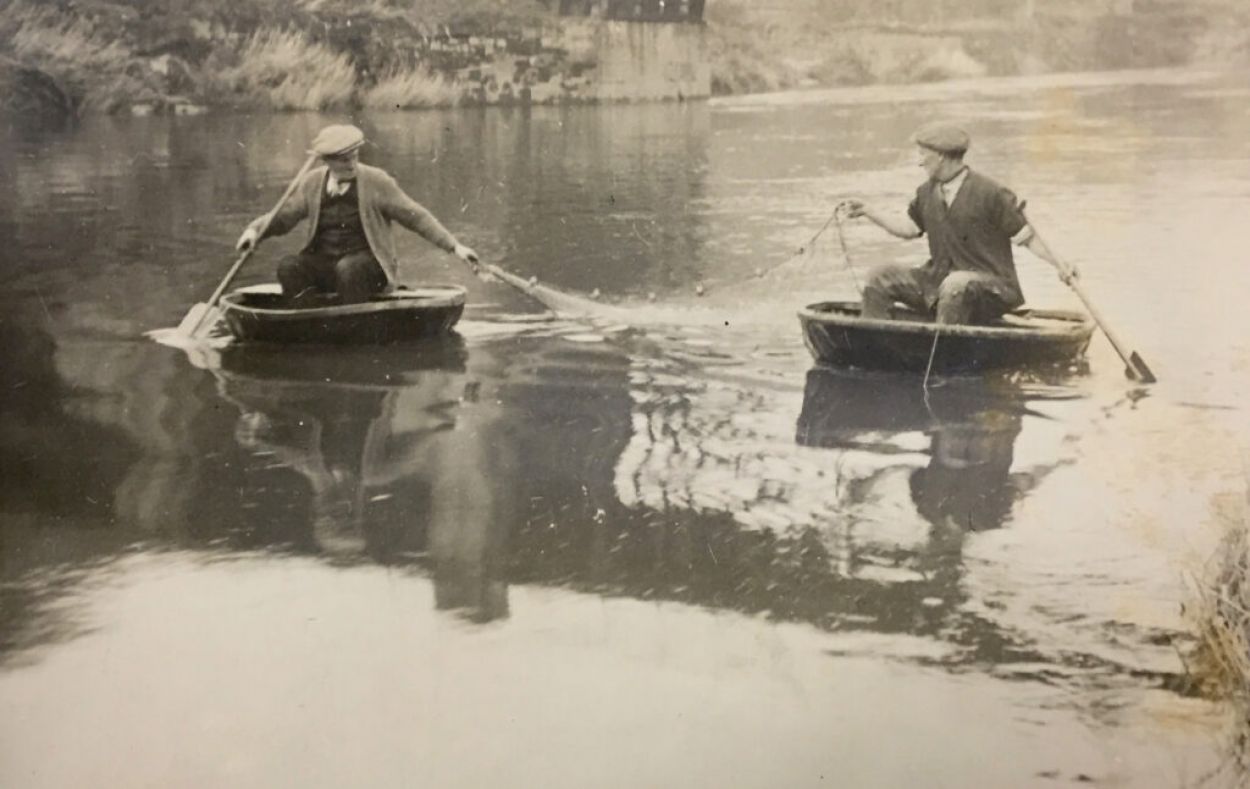
Their main use was for fishing using nets and eel lines, and they were a silent means of transport for night-time trips to poach rabbits and pheasants from the private estates along the river.
The men who fished the river were often called upon to use their detailed knowledge to retrieve bodies and hazardous driftwood.
It was a common sight to see coracles hung outside homes in the gorge, when they weren’t being used.
“Formerly every cottager had his own coracle, hung in a tree when not in use. Today the numbers of such coracles are much reduced and they are no longer hung in trees – campers and visitors are not trusted!”
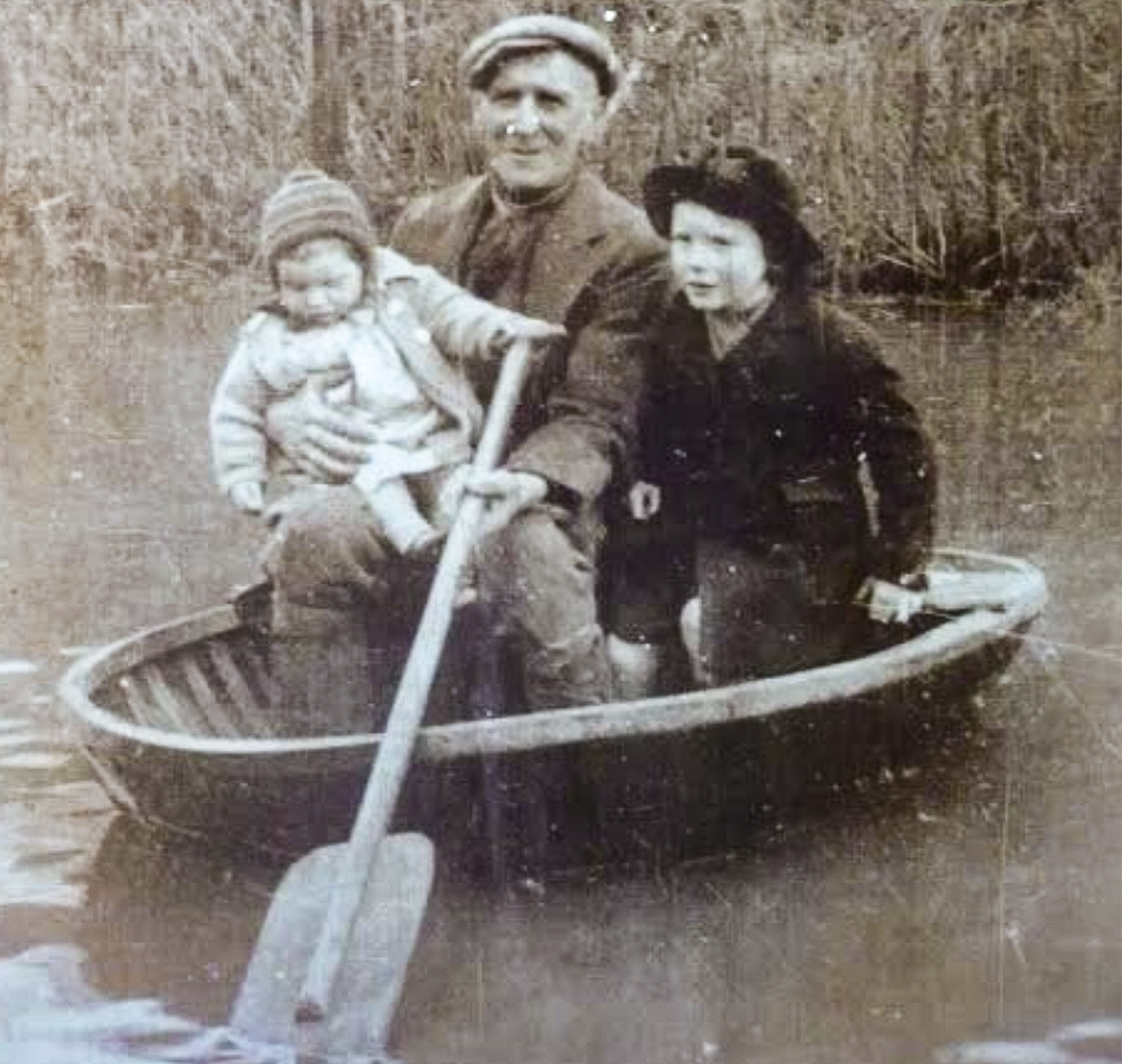
“Here is much us’d by the fishermen a small thing call’d a ‘Coracle’, in which one man being seated, will row himself with incredible swiftness wit one hand, whilst with the other he manages his net, angle, or other fishing tackle. It is of a from almost oval, made of split Sally-twigs (Salix = hazel) interwoven with (round at the bottom), and on that part next the water cover’d with a horse-hide. It is about five foot in length, and three in breadth: and is so light that coming off the water, they take them upon their backs and carry them home.”
“Upon this river of Seaverne they use a little boat for one to sitt in; they call them corricle, laths within and leather without.”
In 1914 Coracles were in use over a 60 mile length of the River Severn from Welshpool down to Bewdley.
By the 1930s their range was restricted to 35 miles from Shrewsbury to Arley.
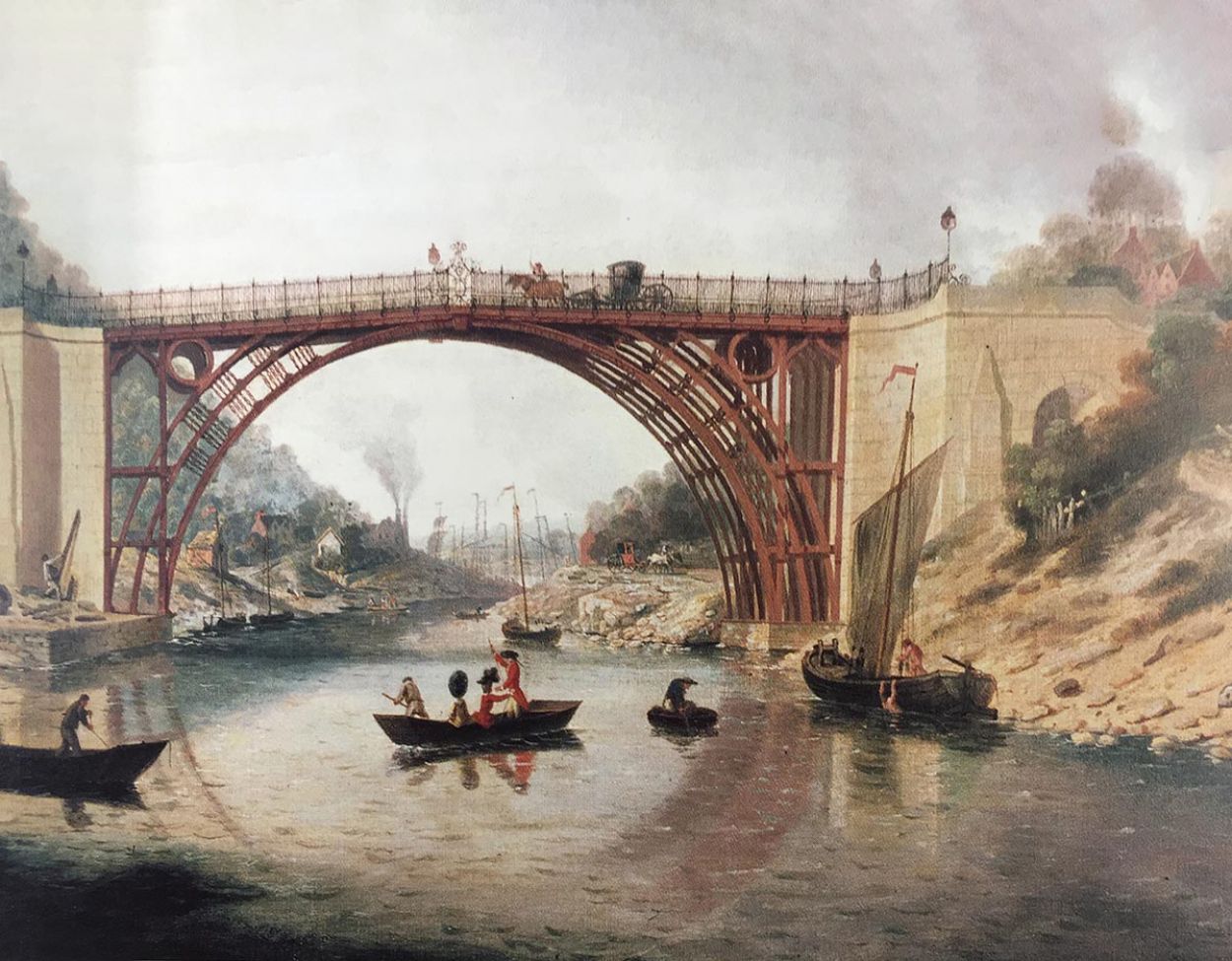
Abraham Darby III commissioned the famous oil painting of the Iron Bridge from William Williams in 1780 to promote this wonder of the modern age. The image contrasts the old fashioned and primitive mode of transport of the hunched coracle man scuttling along like a beetle in the foreground, with the elegant and fashionable people admiring the brand-new bridge. If you look at the many different versions of prints of this famous painting they usually feature the coracle man in the foreground.
Coracle Regatta 1881
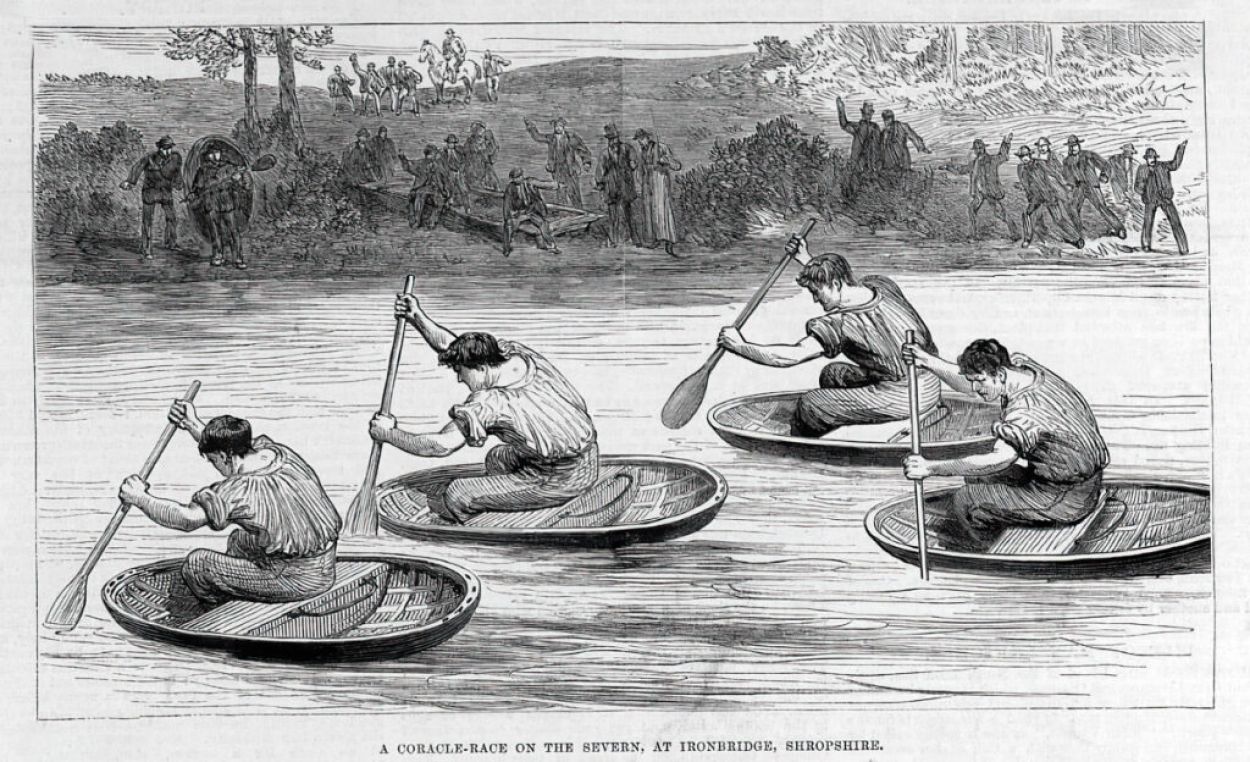
Coracle Regattas were a regular occurrence at Ironbridge and even captured the interest of the Illustrated London News Sept 10th 1881. Their local correspondent Mr. Owen Gibbons illustrated the scene and reported that the race took place on 29th August 1881.
“When there was a local holiday festival, with a variety of amusements on land and water…it will be observed that the coracle boatman does not row, but uses a single broad addle at the prow of his little vessel, which is only about four feet long from stem to stern, and three feet broad. It is often carried on the back, hung by a strap fastened to the midship seat, while the paddle is stuck through two holes in the gunwales. Such a figure, viewed in the rear, makes rather a funny sight like a tortoise walking upright with his shell.”
Hornell noted that the last coracle race took place in the 1920s. The tradition was revived again in the 1990s by The Green Wood Centre and it continues to flourish as a popular local Bank Holiday event, attracting coracle enthusiasts from all over the country.
-
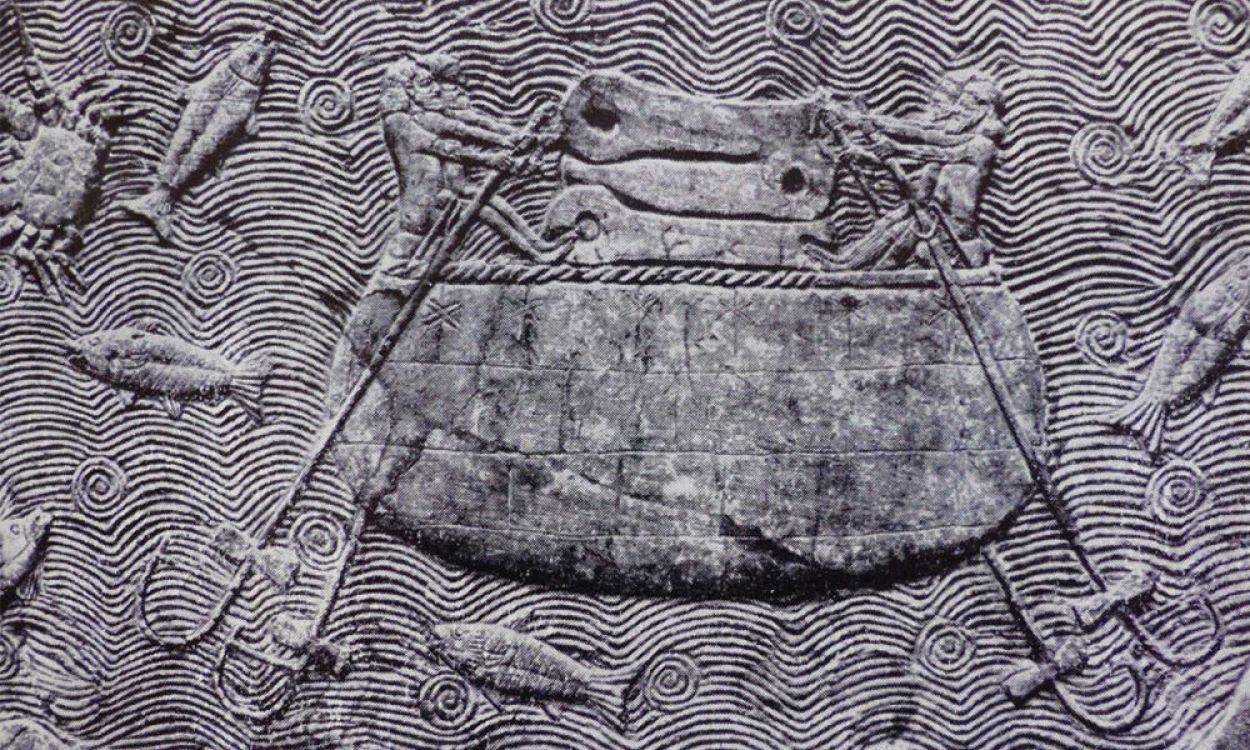
Assyrian Quffa from Sennacheribs Palace
-
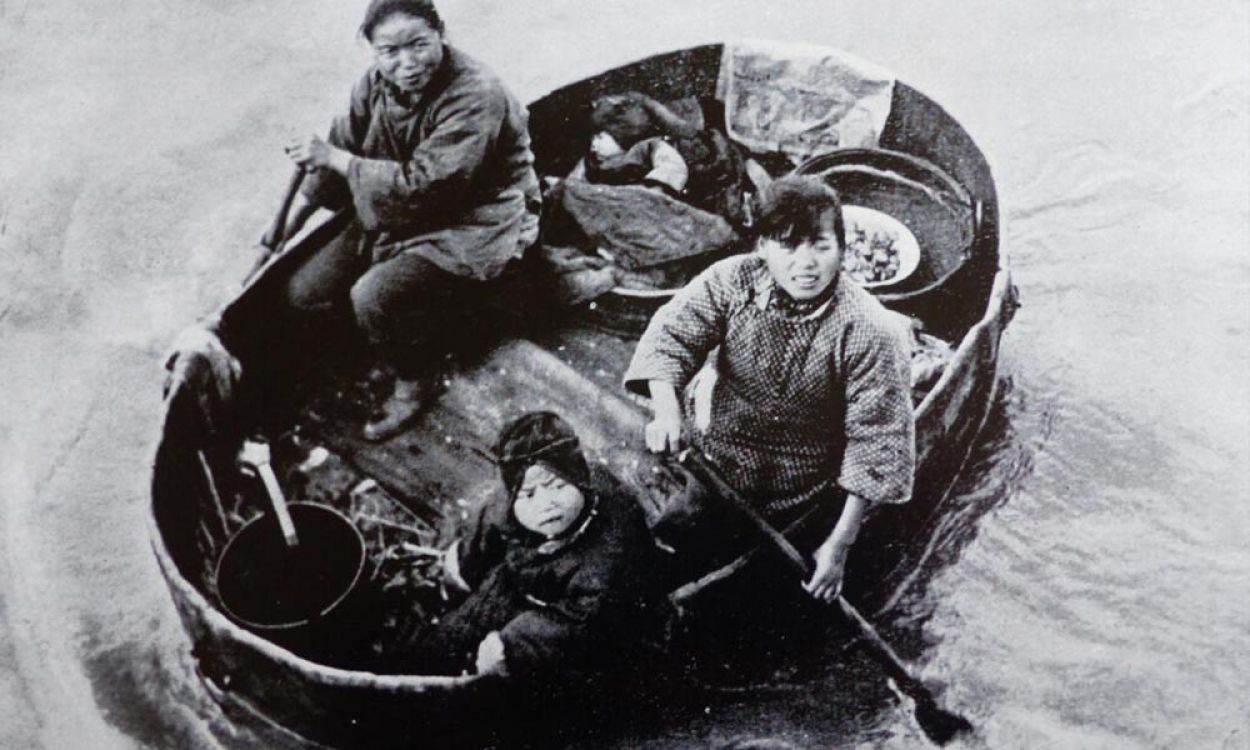
Chinese Coracle
-

Coracle Ferry in Hampi
-

Iraqi Quffas on the Tigris
-
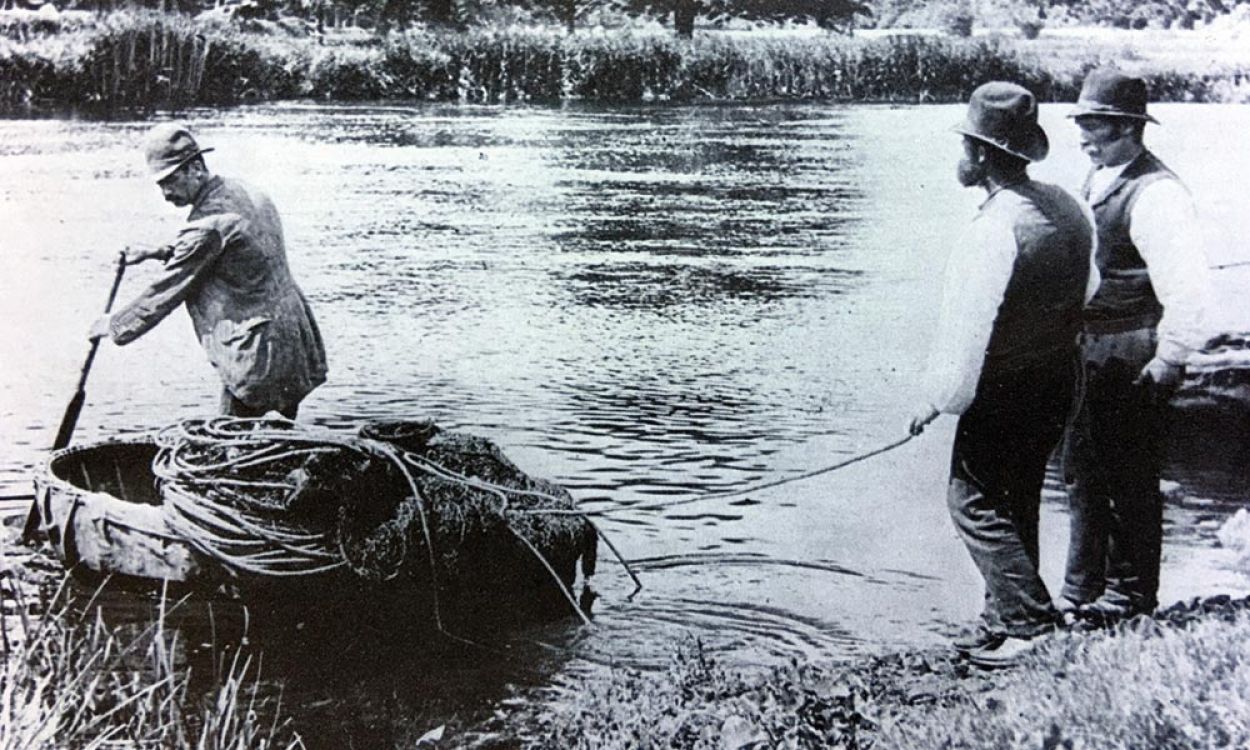
Boyne Coracles
Coracle World Heritage
Coracles may have been one of the first forms of human transport on water and have been made all over the world for thousands of years from materials available locally. They were easy to build and used locally found materials such as wood, bamboo and animal hide, waterproofed with bitumen, pitch or lacquer. In the Himalayas they were covered in Yak Hide over a frame of willow or juniper wood, in India they used water Buffalo hide and in North America from around 1000 years ago they used Bison hide.
The basket that Moses was hidden was probably a coracle, and recently discovered ancient clay tablets tell us that Noah’s Ark was a very large coracle or Quffa which were used to transport goods on the rivers Tigris and Euphrates. They were made from pomegranate wood, date palm and straw.
We have connections with small charities working in two World Heritage Sites which also have a coracle making tradition. At Hampi in India large woven bamboo coracles are still used to ferry large items like motorbikes across the river.